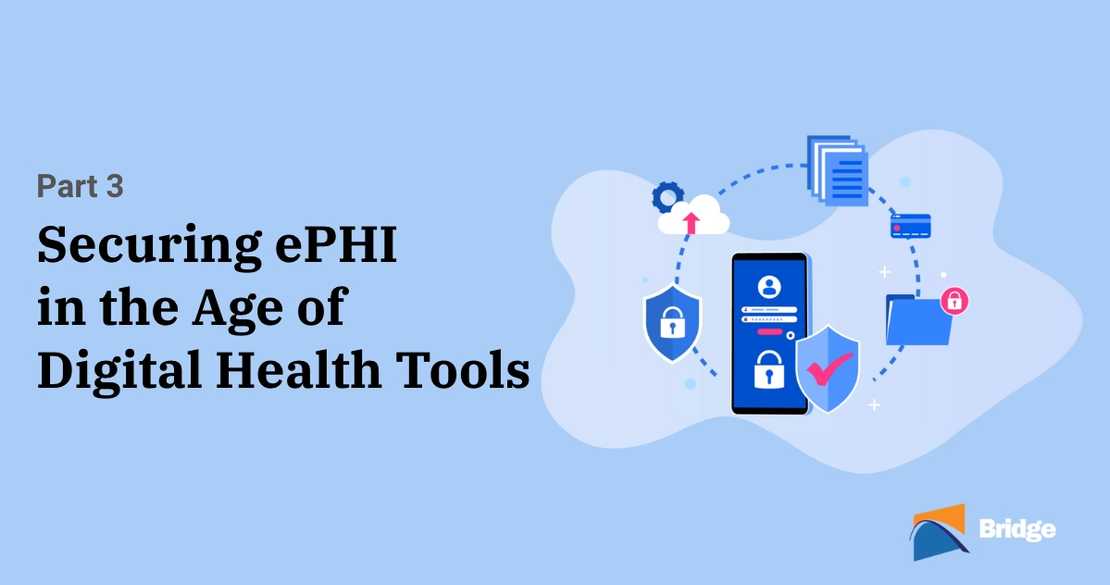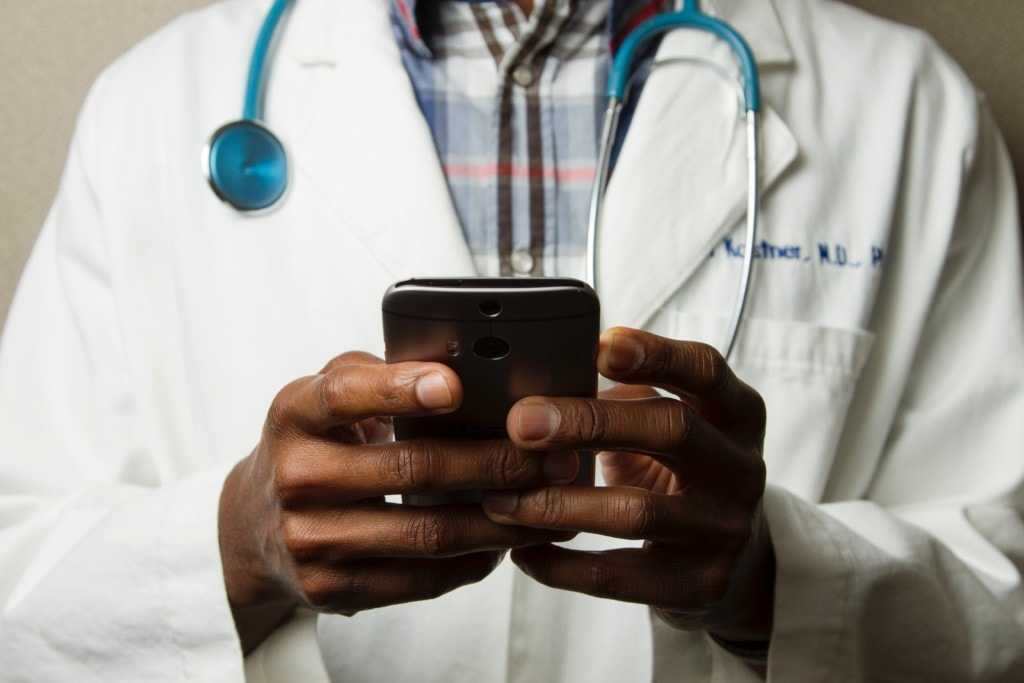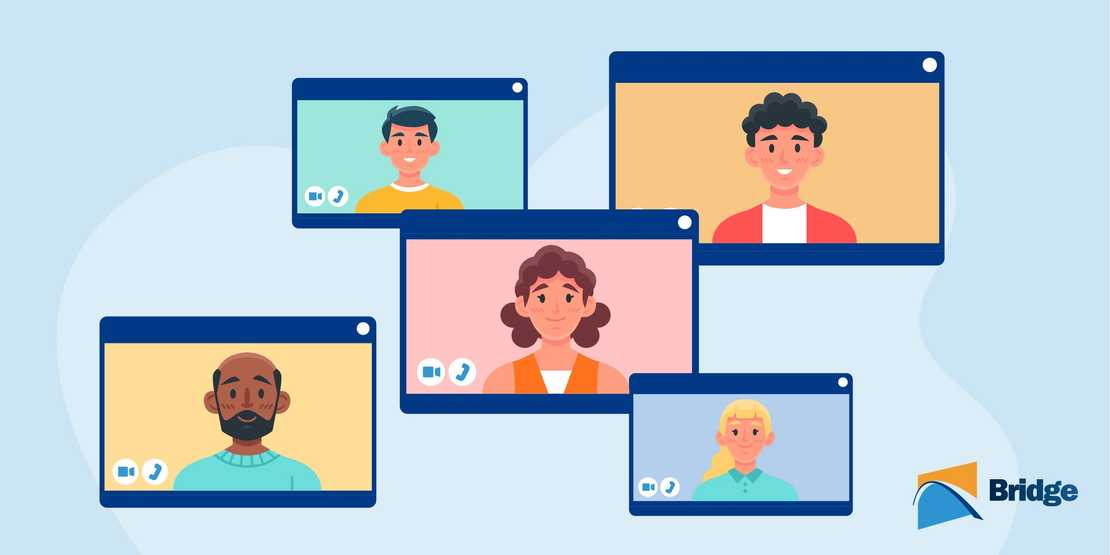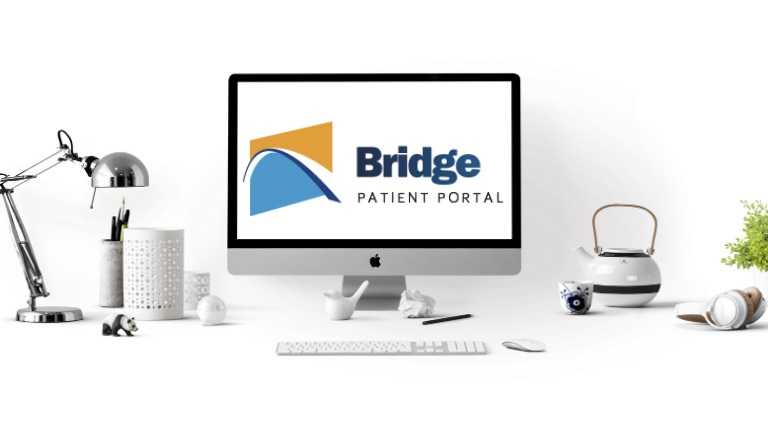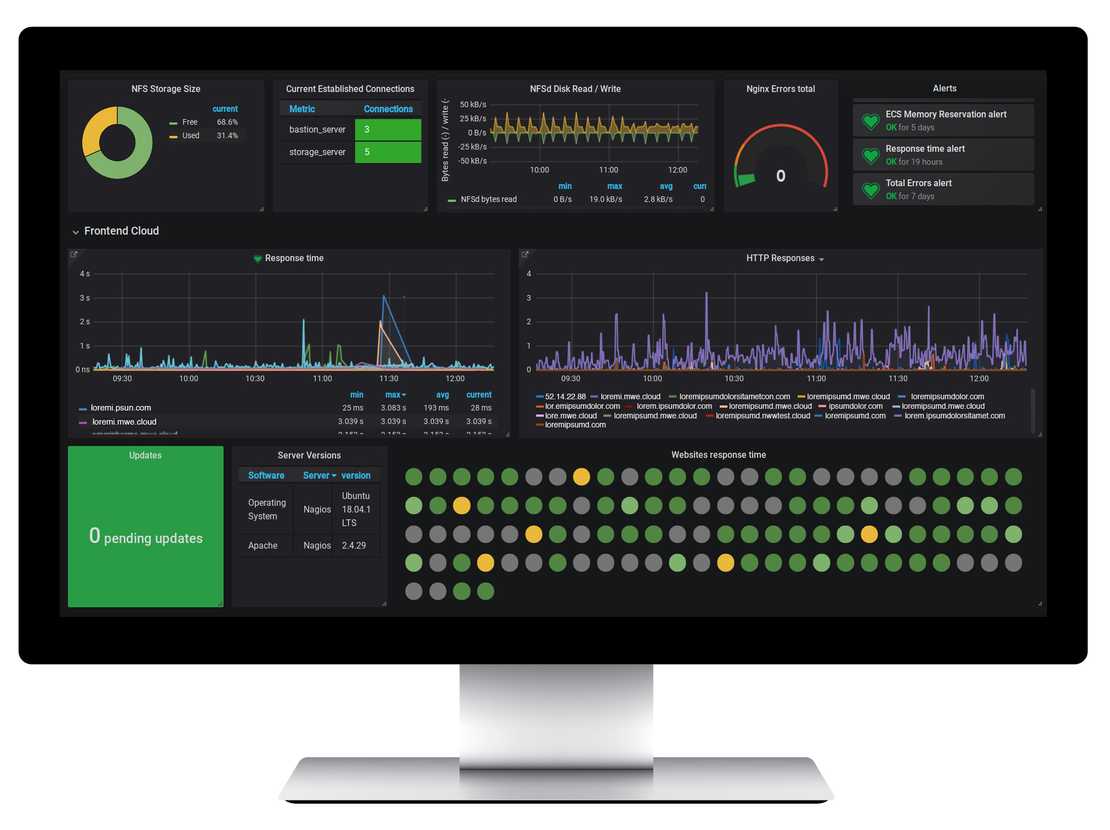- Pablo Bullian
- February 28, 2022
Healthcare Cybersecurity Challenges: The Digital Healthcare Supply Chain & Risks with Patient-Facing Technologies

Securing ePHI in the Age of Digital Health Tools is a three-part blog series that explores how healthcare providers can protect PHI and mitigate healthcare data security risks associated with patient engagement technologies by implementing the right security protocols. Read parts two and three now. Supply chain attacks are a…Read more

